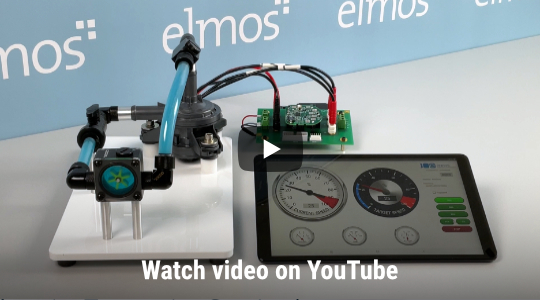E-mobility Pushes Sustainability
Thermal Management for Indidual Needs of Each Car
Todays Situation
Automotive Thermal Management includes three main “climate zones”: Engine, Battery and Cabin. The task: Keeping these zones in optimal temperature ranges despite changing weather conditions.
Demand
With respect to the rising e-mobility trend, thermal needs dot not only aim at preventing engine damage but also enlarging the reliability of batteries. Cabin comfort claims more and more HVAC optimization and introduces additional applications like seat ventilation.
Challenge
Serving individual needs of each car to guarantee a perfect interplay of coolant and refrigerant circuit as well as flow controlof liquids and air has become crucial. Through pumps, valves, shutters, fans, flaps and blowers a diverse set of motors has to be controlled. Efficiency, noise reduction, precision and high integration of motor control ICs are key to success.
Motor Driver for Optimal Flow Control
Coolant and Refrigerant Circuit to be Managed
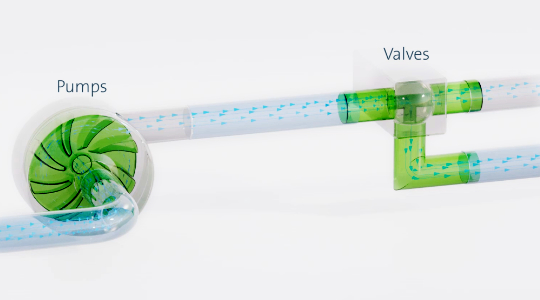
Liquid Coolant (Water, R-744)
- Electric water pumps to get the liquids moving
- Electric valves to control the flow of liquids
- Expansion valves to control pressure of coolant liquid
--> Opt. Integrated to Thermal Management Modules
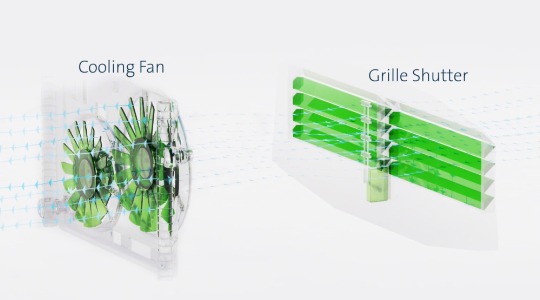
Gas Coolant (Air)
- Active Grille shutter to optimize car aerodynamics
- Engine cooling fan to support heat exchange between inside & outside the car
- HVAC blower to stream air into the passenger cabin
- Climate flaps and air vents to precisely control air flow
- Seat Ventilation for additional comfort
Elmos Best in Class Motor Control ICs
Elmos Motor Control ICs for All Driver Types
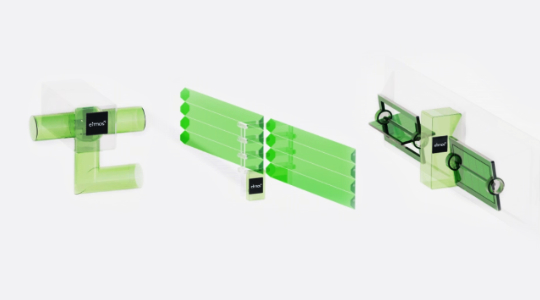
Actuator Drivers
For Valves, Active Grille Shutter, Air Flaps
Precise position control: Essential for accurate control of coolant flow. Elmos has long experience by implementing features like sensor less position and stall detection
Highly integrated: Allows integration into small form factors and saves cost due to less external components needed
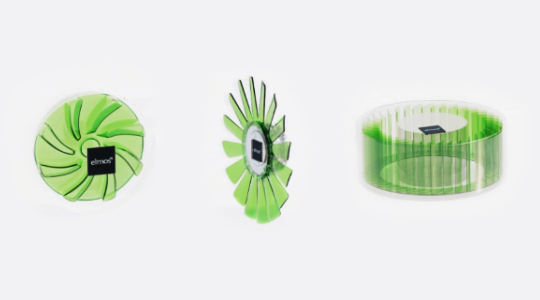
Rotary Drivers (Continuous runners)
For Pumps, Fans
High efficient: Elmos Motor Drivers are optimized to support state of the art BLDC algorithm for sensor-less FOC control which enables high efficient systems
Low noise: Required to improve drive comfort. Elmos has long experience to improve acoustic characteristics of motors by optimizing HW and SW of drivers.
Stay in the Driver's Seat
Elmos Motor Control ICs as Single Source Solution
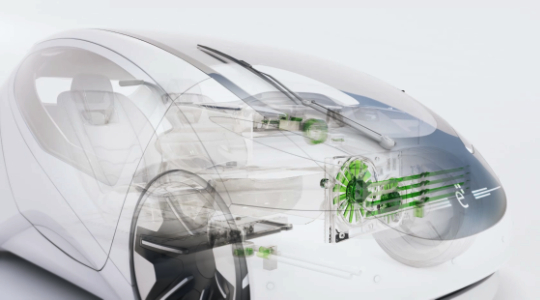
Actuator Drivers
Fully Integrated Driver for Stepper Motors: 4ch Half-Bridge driver with 800mA/ch, 8bit MCU with 8kB Flash, LIN-Interface
Smart SPI Driver for Stepper Motors: 4ch Half-Bridge driver with 1200mA/ch, SPI-Interface
Fully Integrated Driver for 3phase Motors: 3ch Half-Bridge driver with 600mA/ch, Controller: 32bit ARM Cortex M0 with 32kB OTP, LIN-Interface
NEW GENERATION: Universal Smart LIN Motor Controller supporting 3phase, Stepper and brushed DC motors: 3/4ch Half-Bridge driver with 400mA/1000mA/2000mA/ch, 32bit ARM Cortex M23 with 32kB/64kB Flash, LIN-Interface
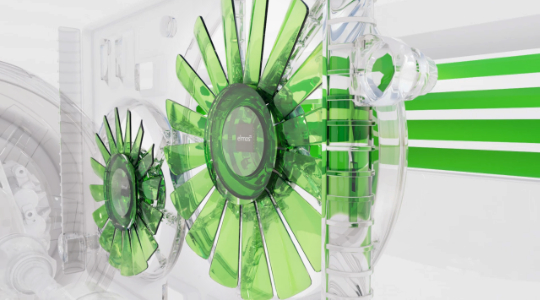
Rotary Drivers (Continuous runners)
12V BLDC Controller: 3 phase H-Bridge gate driver for B6 Bridge, 16bit MCU with 32kB Flash, LIN-Interface
24/48V BLDC Controller: 3 phase H-Bridge gate driver for B6 Bridge, 16bit MCU with 32kB Flash, LIN -Interface
NEW GENERATION: High Performance BLDC Controller: 3 phase H-Bridge gate driver for B6 Bridge, 32bit ARM Cortex M4 with 96kB Flash, LIN-Interface
Get Exactly What You Need
Serving Individual Needs of Each Car's Thermal Managment
Water Pump Demo
Thermal Management Systems rely on coolants to exchange thermal energy between the different parts of a car. These liquids and air are moved by motor driven components which are controlled by our ICs. See how precise our demo water pump can be regulated.
Module Integration
Take advantage of Elmos longterm experience in Motor Control ICs for intelligent and efficient flow control to optimize Thermal Management. We offer the whole range of ICs needed for systems and modules.
Contribute to System Benefits
- Enlarged driving range
- Reduced CO2 emissions
- Extended lifetime of battery and electrical components
- Improved driving comfort

